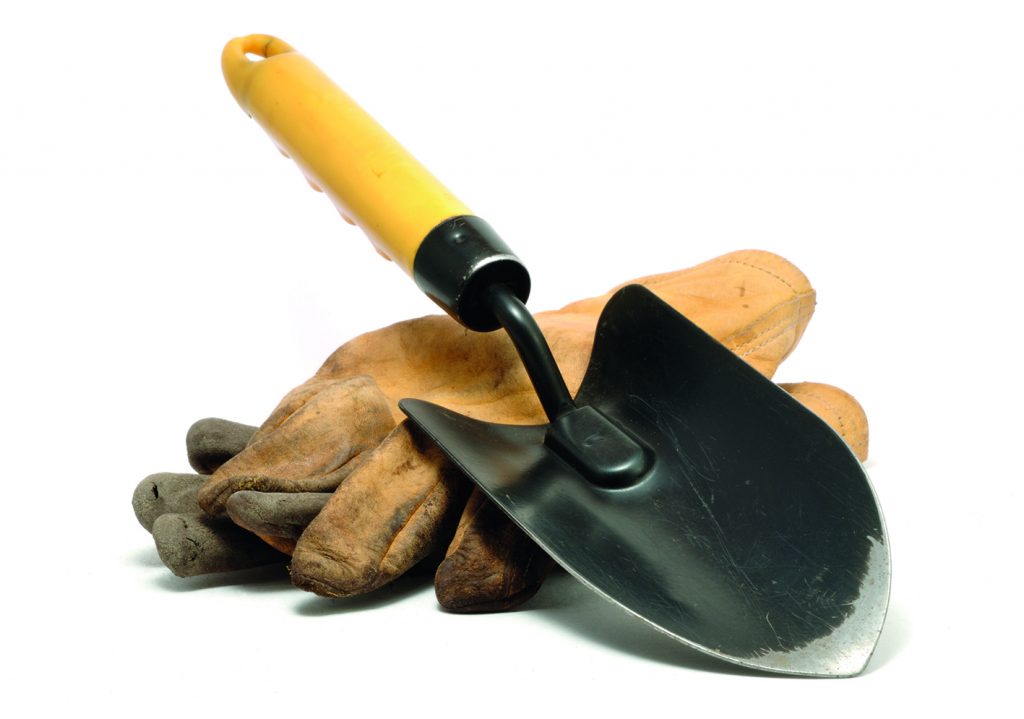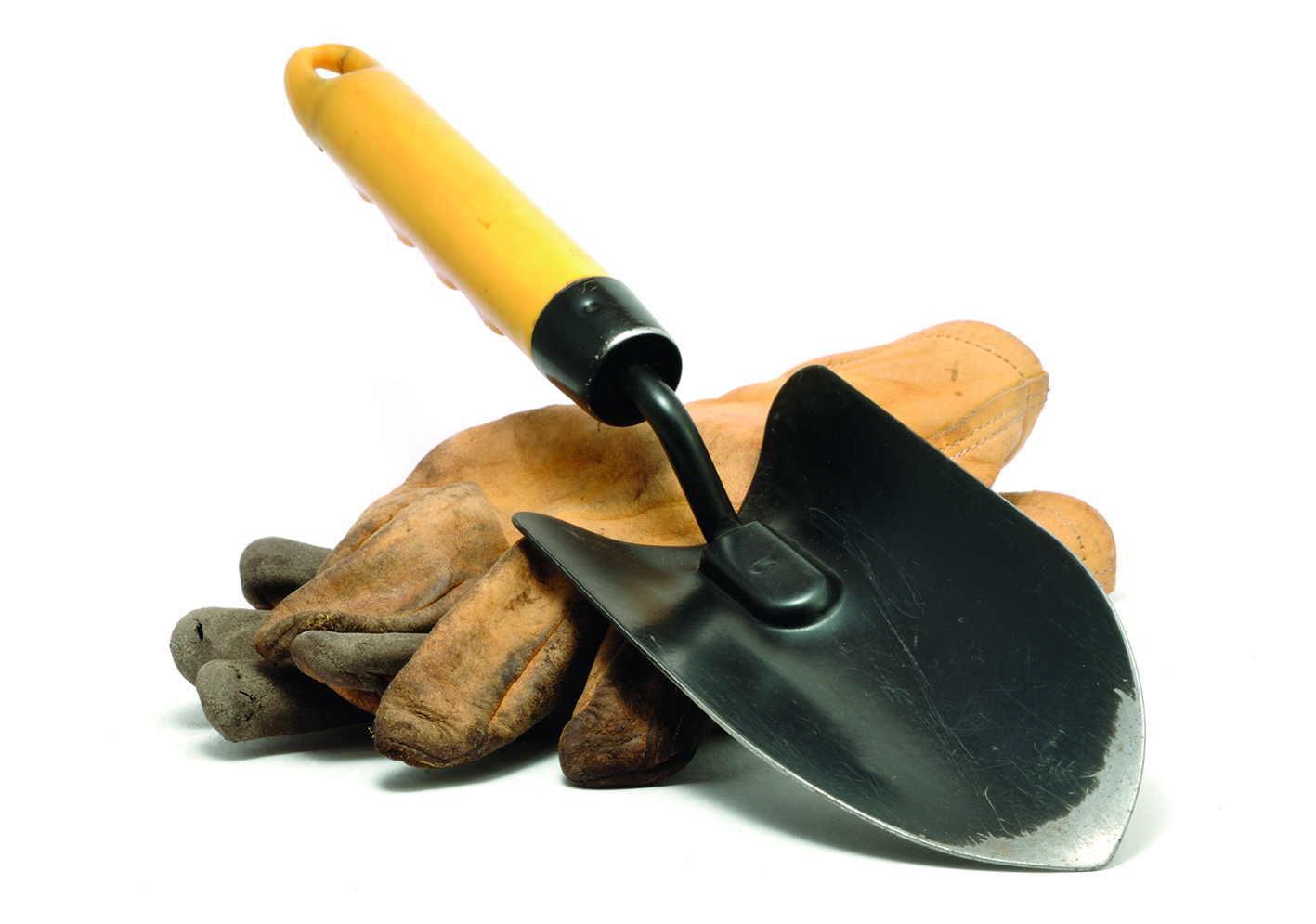
Things are getting busy in the garden – here’s what to do this month.
Fertilise and mulch
* After weeding, sprinkle soil with an organic fertilser, such as chicken pellets or fish, blood and bone and lightly fork around trees and shrubs. Give roses a special rose feed or a balanced fertiliser.
* Cover bare soil with a 5cm layer of organic matter such as well rotten manure to stop it losing water as weather warms up, watering first if it’s dry. A mulch suppresses weeds and looks smart too.
Move and plant
* If there’s a shrub that’s outgrown its spot, now’s the time move it. Take as large a root ball as you can, drag it over to its new home on a plastic sheet, add well rotted compost to the hole, water it well and it should take off.
*This is the last chance to plant bare root trees, roses and shrubs as those little hair roots need to be making their way into the soil by now.
* Plant new climbers, by digging a hole, 22cm away from walls and fences so that the plant is not in a dry ‘rain shadow’.
* Create new plants by dividing clumps of over grown summer perennials. Tease the lifted plant apart with two forks back to back and don’t be nervous about a few roots breaking.
Prune and tidy
* Cut down overgrown perennials and grasses to make way for new growth.
* Prune your roses. With sharp secateurs, remove dead, diseased and crossing stems, then prune flowering wood back by a third. Cut to 6mm above an outward facing healthy bud– and wear gloves!
* Cut down established cornus (dogwood) to the base to encourage colourful winter stems.
* Tackle overgrown climbers now – new buds mean you can see where the stems are dead. Honeysuckle, ivies, rambling roses and winter flowering jasmine can be pruned hard. Summer flowering jasmine can also be pruned by taking out the main stem or two to the ground.
* Prune late flowering clematis – such as Jackmannii (Group 3) by cutting them 23-24cm from the ground, to just above a healthy bud – easy!
* Deadhead hydrangeas before new growth appears and cut to a third of last year’s growth.
Sow and grow
* Grow scented sweet peas by make a bamboo wigwam, and planting two seeds at 30cm intervals and 1cm deep in situ. Young plants may need help before tendrils twine themselves around the support.
Plant and deadhead bulbs
* Snowdrops rarely grow well from dry bulbs so divide or plant them while they’re still green.
* Plant summer flowering bulbs such as gladiolus and lilies in a sunny spot.
* Deadhead daffodils and let the foliage die back to encourage new flower buds to form inside the bulb.
Cut and feed your lawn
* Start mowing your lawn for first time, just not too short at first.
*If you’re feeling energetic, aerate your lawn by making holes with a fork 10cm deep and 20cm apart.
* Give the lawn a feed of chicken manure pellets towards the end of the month – ideally when the lawn is damp.
Finally, watch out for slugs.
They love juicy new growth and will be coming out in wet weather for a nibble.
Barbara Samitier is a garden designer who lives in Peckham Rye.
www.barbarasamitiergardens.co.uk
This article first appeared in the March 2017 issue of SE22 magazine.

